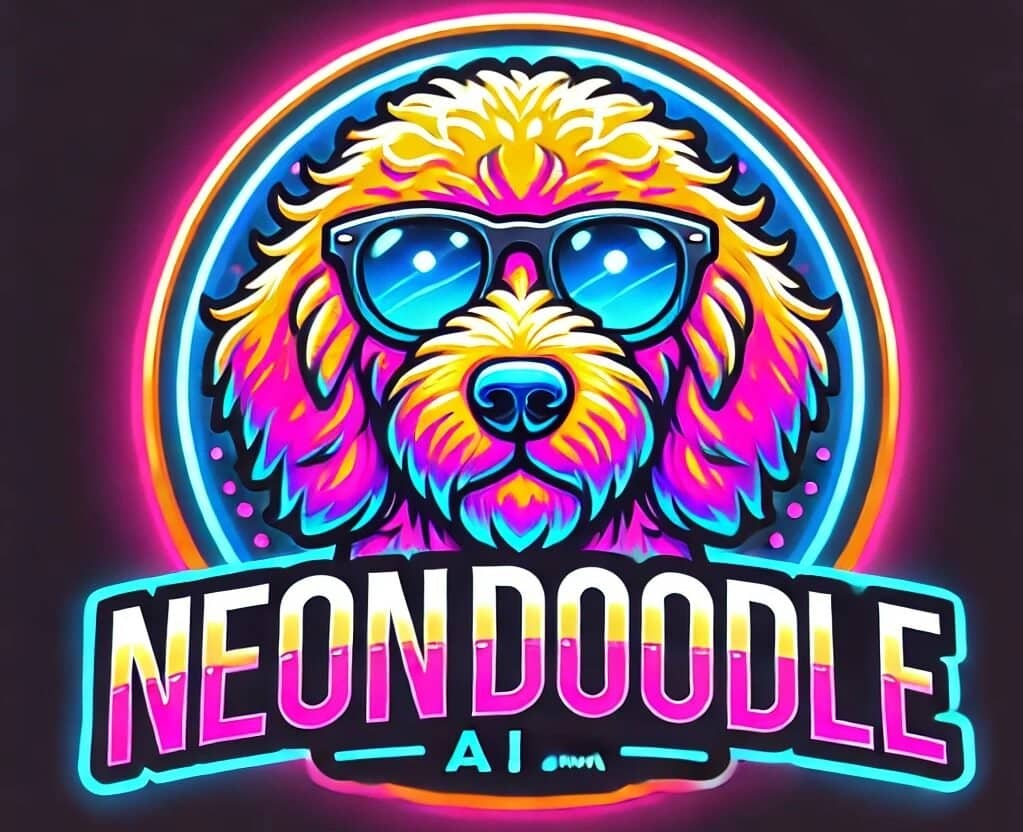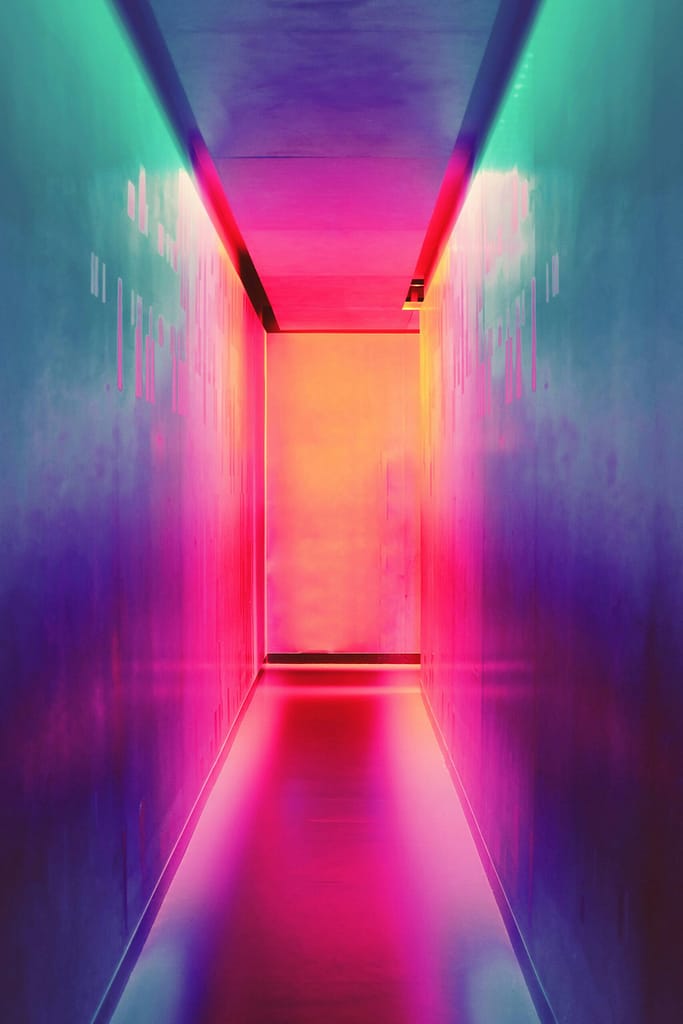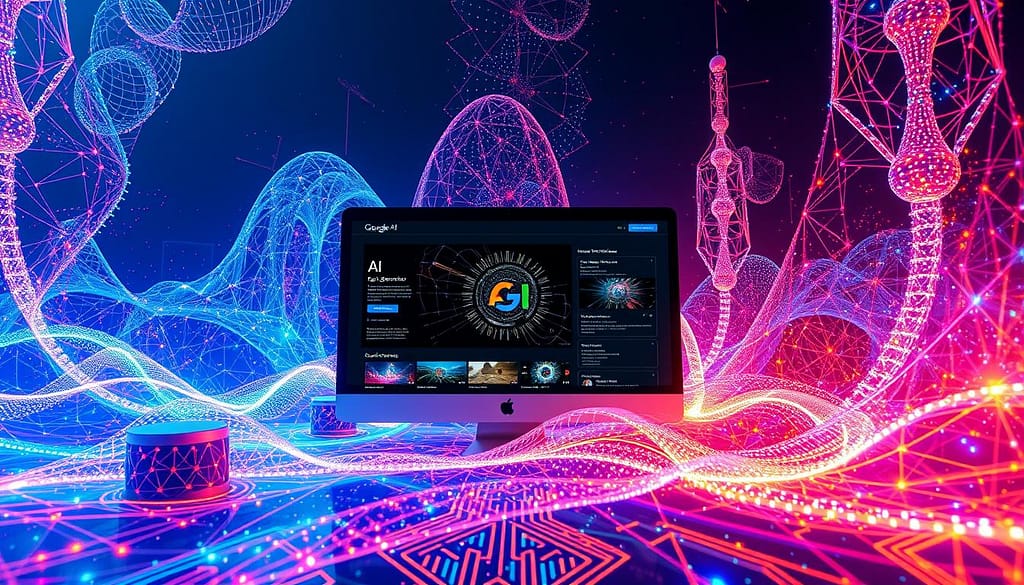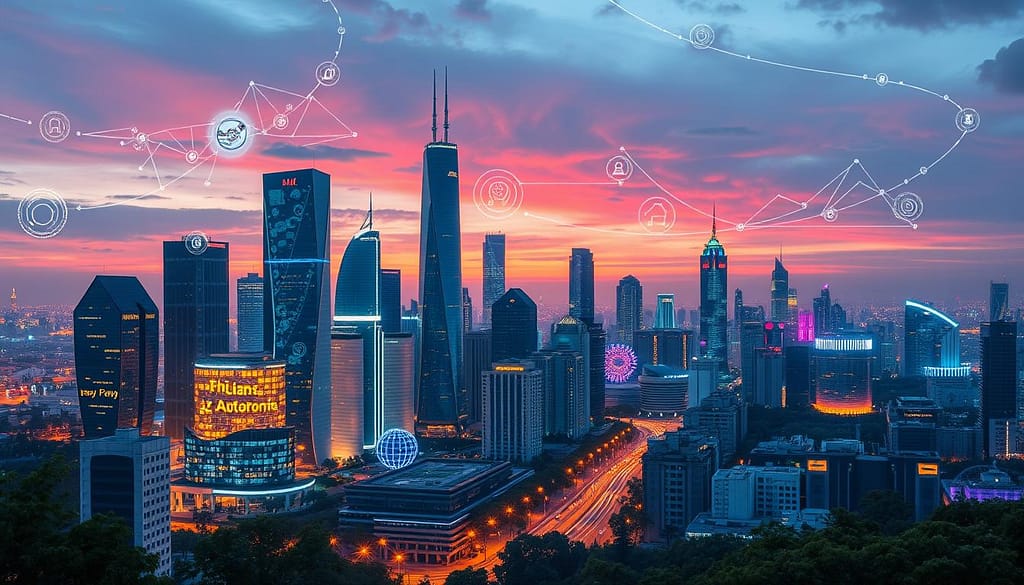Introduction to Generative AI and Its Significance in Design
Generative AI, a subset of artificial intelligence, refers to algorithms that can create new content based on existing data. This technology leverages machine learning and deep learning techniques to analyze patterns and generate innovative outputs, making it a significant asset in various fields, including design. The rise of generative AI has transformed traditional design processes, allowing for more dynamic and versatile creative solutions that cater to diverse audience needs.
In the realm of design, generative AI tools serve multiple purposes. They enable designers to brainstorm ideas rapidly, streamline workflows, and improve the overall creative process. By analyzing previous design works and understanding user preferences, generative AI systems can suggest layouts, typography, and imagery that are in harmony with current trends. This symbiotic relationship between human creativity and machine intelligence leads to a surge in experimentation, granting designers unprecedented freedom to explore various avenues without the constraints of conventional methods.
Moreover, generative AI significantly enhances the decision-making process in design by optimizing color choices. Traditional color theory emphasizes the emotional and psychological impact of colors on audiences. With generative AI, designers can experiment with color palettes that resonate with their target demographics, leveraging data-driven insights to ensure that their color selections align with desired outcomes. By integrating color harmony principles with generative design strategies, creators can produce visually striking compositions that engage and captivate viewers.
The significance of generative AI in design extends beyond mere functionality; it represents a paradigm shift in how designers approach their craft. As the capabilities of AI technologies continue to advance, the collaboration between human designers and AI tools will pave the way for innovative and compelling design solutions that meet the needs of an ever-evolving marketplace. In this blog post, we will delve deeper into the impact of generative AI and color theory, leading to a comprehensive understanding of their integration and significance in the field of design.
An Overview of Tetrad Color Harmony
Tetrad color harmony is a color scheme that utilizes four distinct colors, providing designers with a vibrant yet balanced aesthetic. This color harmony is arranged in a way that creates a rectangle on the color wheel, consisting of two complementary color pairs. The beauty of tetrad harmony lies in its ability to generate a dynamic interplay of hues, making it a favored choice in various design applications, including branding, web design, and fine arts.
At its core, the principles of color harmony revolve around creating visual interest while maintaining a sense of balance and contrast. The tetrad approach facilitates this by allowing designers to explore a wide array of colors that complement each other while ensuring that the overall design remains cohesive. This can be particularly effective in branding, where a striking palette can communicate a company’s identity and values while appealing to the target audience.
In web design, the tetrad color scheme can enhance user experience, guiding the viewer’s attention to essential elements on a page. When implemented thoughtfully, this scheme boosts aesthetic appeal and functionality, helping to differentiate parts of a website while contributing to an engaging browsing experience. Moreover, artists harness the tetrad palette to create captivating visual narratives, using different color combinations to evoke emotions and convey meaning within their work.
Integrating tetrad color harmony requires a balance between colors in terms of saturation and brightness, ensuring that no single color overpowers the others. By understanding the foundational aspects of this color scheme, designers can utilize it effectively, crafting pieces that not only stand out aesthetically but also resonate with viewers on a deeper level. This foundational understanding will serve as a valuable tool in the toolkit of any designer seeking to enhance their creative output.
Integrating Generative AI with Tetrad Color Harmony
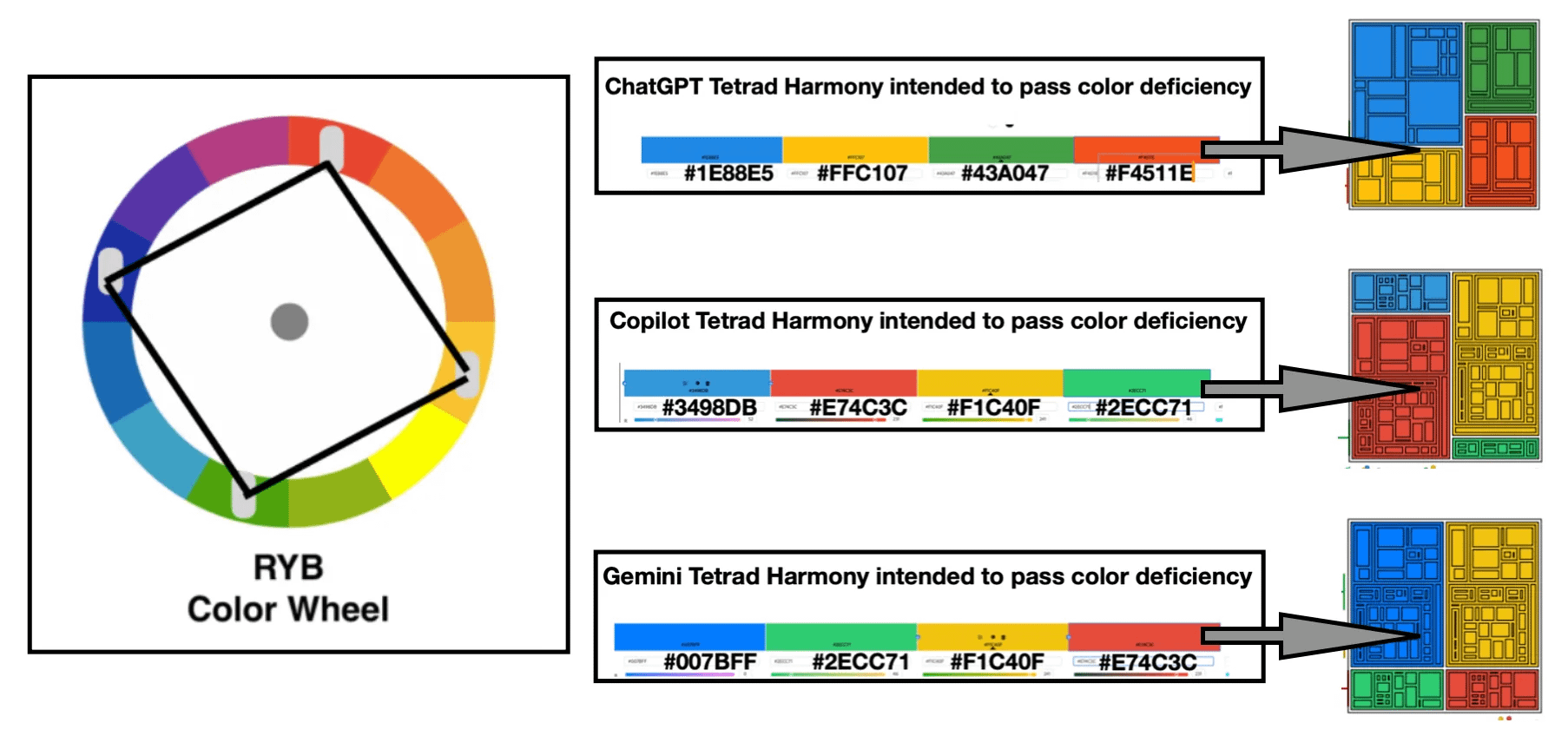
Integrating generative AI into design processes can significantly enhance the application of tetrad color harmony, providing designers with innovative tools and insights. Tetrad color harmony, which involves using four colors that are equally spaced on the color wheel, allows for rich and diverse palettes. Generative AI can assist in this context by analyzing vast datasets and suggesting harmonious color combinations that align with the tetrad principle. By employing machine learning algorithms, AI tools can predict which color pairs evoke certain emotional responses or reflect current design trends.
There are several platforms where designers can explore these integrations effectively. For instance, Adobe Sensei incorporates AI to suggest color palettes based on user preferences and current design practices. This tool can help designers identify harmonious tetrad combinations tailored to their specific project needs. Furthermore, tools like Colormind utilize deep learning to generate color palettes from images, allowing designers to extract tetrad color schemes naturally from existing inspirations.
Real-world case studies illustrate the powerful synergies formed by combining generative AI and tetrad color harmony. A notable example is a branding project for a tech startup that used an AI-driven tool to generate a set of color schemes, ultimately choosing a tetrad palette that conveyed innovation and technology. By integrating generative AI in their selection process, the design team was not only able to speed up their workflow but also enhance their creative output by considering unconventional color combinations that adhered to the tetrad principles.
Such collaborations elucidate the benefits designers can reap by harnessing the capabilities of generative AI alongside established color theory frameworks, ultimately leading to more effective and visually compelling designs. As technology advances, the potential for creativity and design effectiveness through this integration will likely expand further.
Future Trends and Implications for Designers
As we look ahead in the realm of design, the integration of generative AI is poised to redefine traditional methodologies. This evolving technology not only streamlines the design process but also introduces novel approaches to color application and theory, such as Tetrad Color Harmony. Designers must adapt to these advancements, finding ways to leverage AI’s capabilities while ensuring their unique artistic voice remains prominent.
The continuous evolution of generative AI presents both opportunities and challenges for designers. The capacity of AI to generate design concepts at an unprecedented speed can significantly enhance productivity, allowing designers to focus more on refining their ideas rather than the labor-intensive aspects of creation. However, this reliance on AI also raises questions about authenticity and originality. Designers must navigate these waters carefully, ensuring that the designs produced feel personal and resonate with the audience’s aspirations and emotions.
Moreover, as color dynamics in design become increasingly influenced by generative algorithms, understanding the implications of color relationships becomes paramount for designers. Embracing frameworks like Tetrad Color Harmony can help in this regard, enabling designers to exploit AI-generated color schemes effectively. By synthesizing traditional color theory with modern technology, designers can create visually compelling narratives that engage viewers and communicate messages effectively.
Ultimately, the key lies in balancing innovation with the preservation of creative identity. As generative AI continues to evolve, designers are encouraged to experiment with these new tools while still adhering to their distinctive styles. This approach ensures that even in an era dominated by technology, design remains a deeply human endeavor, characterized by emotional depth and individual expression. The future holds immense potential, and forward-thinking designers will be those who embrace these changes while staying true to their artistic roots.
